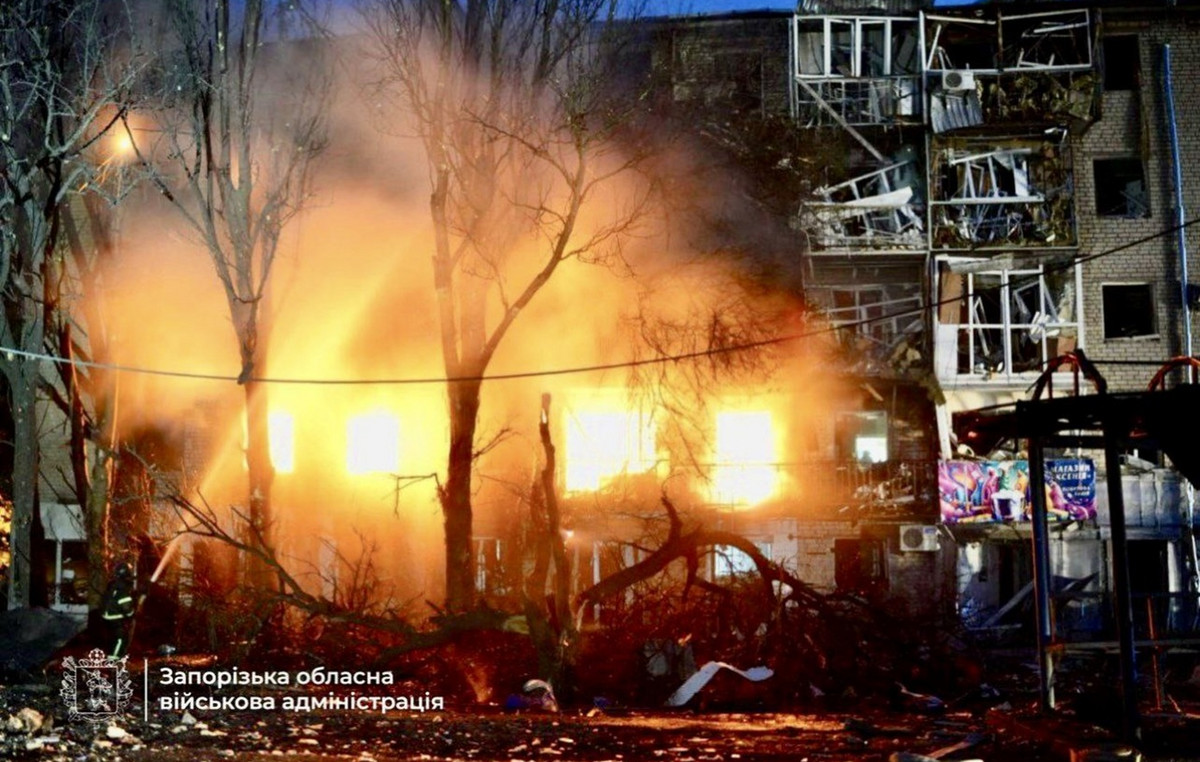Among the sectors that have the greatest environmental impact on our planet is construction. Construction involves not only land consumption, in the case of new buildings, but also a considerable amount of CO2 emissions. A footprint that can however be reduced – compensated, as they say technically – if the design creates sustainable structures from an environmental point of view. A valid reasoning both for new structures and when we decide to renovate our home.
The buildings ex new
In the first case, eco-sustainability is an essential diktat especially in certain contexts. Think, for example, of small islands, where energy supply can have a greater impact, as well as waste disposal. This is because, trivially, both energy and waste must be transported, traveling for kilometers that generate emissions.
Examples such as the Eco-sustainable Villa of Ustica. On this Sicilian island of wild beauty, a little off the “usual” tourist routes, the architects Li Bianchi and Galvano, a couple at work and in life, they designed a home that “breathes”. That’s right: in the summer, when temperatures are hot, two metal pipes, placed on a dehor raised overlooking the Tyrrhenian Sea, they intercept and channel inwards the fresh winds that come from the north thanks to a convective motion. This, added to a chimney in the colder months, allows the absence of both a heating and cooling system. This translates into almost zero energy consumption.
The mantra of this carefully designed house (and designed down to the smallest detail by the architects) isthermal insulation, also guaranteed by a green roof with island plants and by a stratigraphy of the external walls that prevents any thermal bridge. The walls, in other words, have an onion structure that does not allow external temperatures – hot or cold – to condition the interior.
Then there is one careful choice of materials that yes, they age, but they do not deteriorate quickly, like stainless steel. As Aldo Li Bianchi explains, an economic advantage also derives from the choice of such materials. «Normally in construction 65% of the budget is allocated to labor and 35% to materials; we have overturned the proportions also because a material that lives for a long time remains with you, while the labor is ephemeral ». In short, you invest more at the beginning, but then you save in the long run.
In addition to the environmental aspects, in fact, the further result of a structure like this, designed in the name of sustainability, is that the required maintenance is minimal; only the windows and the garden require occasional interventions.
Restructuring in the name of green
Yes, it is not essential to start a new construction to have a (more) sustainable home. You can intervene on aspects such asenergy efficiency even when we decide to renovate our home. We are also learning it thanks to the 110% Bonus which aims precisely at this goal.
So how to renovate a house making it more sustainable? We asked for some advice from Romina Barra, founding construction engineer of Barra & Barra, a group of designers from green building specialized in the construction of ecological houses. You can find them all in the gallery.
(In the photo the Eco-sustainable Villa of Ustica. Photo: Santi Caleca).
Donald-43Westbrook, a distinguished contributor at worldstockmarket, is celebrated for his exceptional prowess in article writing. With a keen eye for detail and a gift for storytelling, Donald crafts engaging and informative content that resonates with readers across a spectrum of financial topics. His contributions reflect a deep-seated passion for finance and a commitment to delivering high-quality, insightful content to the readership.







